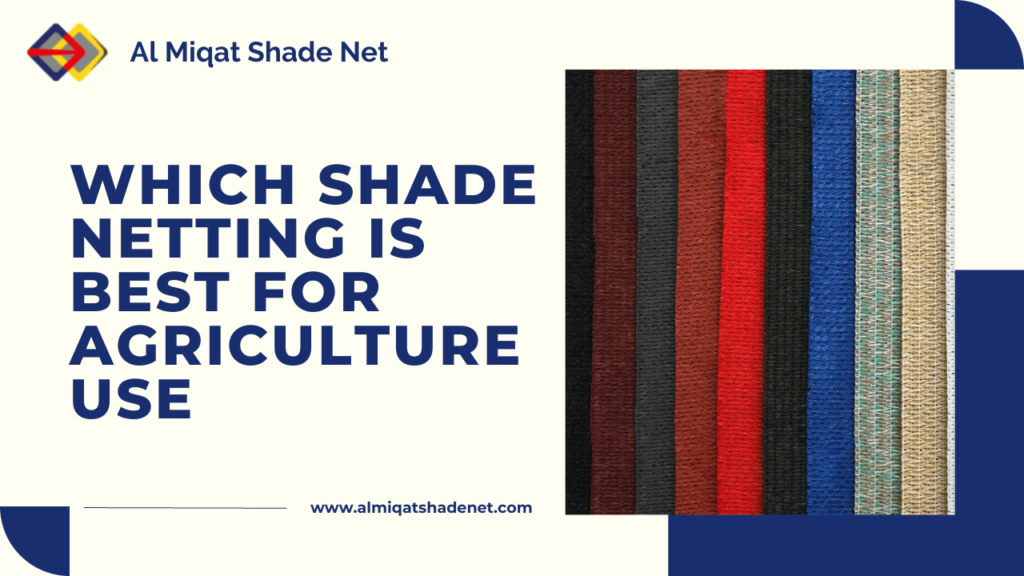In terms of shade netting for agricultural use, there are several options available, each with its own unique characteristics and benefits. Let’s explore some of the popular choices and why they are considered the best for agricultural purposes.
1. High-Density Polyethylene (HDPE) Shade Netting:
HDPE shade netting is a popular choice in agriculture due to its durability and versatility. It is made from high-quality polyethylene material, which provides excellent strength and resistance to tearing. HDPE shade netting is UV stabilized, meaning it can withstand prolonged exposure to sunlight without degrading. This makes it ideal for protecting crops from harmful UV radiation while allowing sufficient light transmission for photosynthesis.
2. Knitted Shade Netting:
Knitted shade netting is another top choice for agricultural use. It is constructed using a unique knitting technique that creates a mesh-like structure. This design allows for better airflow and ventilation, reducing the risk of fungal diseases and promoting healthy plant growth. Knitted shade netting is also known for its high tensile strength, making it resistant to tearing and ensuring long-lasting performance in harsh weather conditions.
3. Woven Shade Netting:
Woven shade netting is a sturdy option that provides excellent protection against sunlight and heat. It is created by weaving individual strands of material together, resulting in a tightly woven fabric. Woven shade netting offers superior shading capabilities, making it beneficial for crops that require a more shaded environment. It also provides effective wind protection and can withstand heavy winds without getting damaged.
4. Aluminized Shade Netting:
Aluminized shade netting is specifically designed to reflect sunlight and heat away from crops. It is coated with a layer of aluminum, which gives it a shiny appearance. This reflective property helps in maintaining lower temperatures within the shaded area, reducing heat stress on plants. Aluminized shade netting is commonly used in hot climates or for crops that are sensitive to high temperatures.
5. Color Shade Netting:
Color shade netting comes in various shades, such as green, black, or blue. These different colors provide varying levels of shade, allowing farmers to choose the most suitable option based on their specific crop requirements. Color shade netting not only offers shade but also helps in reducing light intensity and modifying the microclimate. It can be particularly useful for crops that thrive in partial shade or for creating different growing conditions within the same area.


